Moscow is a city of incredible scale, imposing grandeur, and multilayered history. While the majority of first-time tourists invariably head to the iconic Red Square, the formidable Kremlin, and the sprawling Gorky Park, the true soul of the Russian capital is often hidden in its quiet, historical, and creative areas that lie just a stone’s throw from the central core. Discovering these secret neighborhoods of Moscow allows a first-time visitor to gain a deeper, more authentic appreciation of the city’s daily life, culture, and architectural heritage, all while avoiding the most intense tourist crowds.
For those visiting Moscow for the first time but seeking to venture beyond the standardized itinerary, this guide offers an immersion into an atmosphere of coziness, creativity, and unparaded history. These locations are not merely “hidden gems”; they are an integral part of the Moscow spirit, offering a unique fusion of pre-revolutionary elegance, Soviet-era monumentality, and contemporary bohemian chic. Choosing to explore these neighborhoods is the best way to feel less like a transient tourist and more like a genuine guest who truly understands the city’s rhythm and character. It is a journey that promises discovery around every quiet corner and down every historical lane.
The Arbat Lanes and Patriarch Ponds: A Literary Atmosphere
Many visitors to Moscow are familiar with Old Arbat Street—a popular, but often overcrowded, pedestrian zone filled with souvenir stalls and portrait artists. However, the real treasures of this area are nestled within the labyrinth of side streets surrounding the main thoroughfare, particularly the aristocratic district of Patriarch Ponds, which has successfully retained its mystery and literary charm.
Prechistenka and the Lanes Around Arbat
Instead of navigating the bustling Arbat, a first visit should be dedicated to the Prechistenka street area and its adjacent lanes, such as Starokonyushenny, Prechistensky, and Chisty. This district was historically the stronghold of Moscow’s aristocracy and wealthy merchants. Magnificent mansions in the Art Nouveau and classicist styles have been well-preserved here, many of which now house museums or cultural centers, such as the Leo Tolstoy State Museum. Strolling along these streets feels like stepping back into the 19th century. The profound silence and architectural grandeur create a striking contrast to the commotion of the Garden Ring nearby. This walk not only provides a view of architectural masterpieces but also allows one to absorb the very “Old Moscow” spirit often celebrated in Russian literature. Exploring the intricacies of this area is a rewarding experience that offers tranquility amid a bustling metropolis.
The Mysticism and Elegance of Patriarch Ponds
The Patriarch Ponds neighborhood is not strictly “secret,” but its distinctive atmosphere sets it sharply apart from other central locations, making it perfect for a first, unexpected introduction to Moscow. Famously known thanks to Mikhail Bulgakov’s novel, The Master and Margarita, this district combines a mystical literary aura with refined Moscow high society. The cozy pond, surrounded by picturesque historical buildings, is an ideal spot for a leisurely stroll or quiet reflection. Here, one can find some of the city’s best independent restaurants, trendy cafes, and boutiques featuring local designers, making it a vibrant center of contemporary Moscow cultural life. Its small, traffic-restricted streets and unique architecture create the sense of an exclusive club, subtly waiting for a deeper discovery. The quiet, tree-lined boulevards and the historic character make it one of the most charming secret neighborhoods of Moscow for those seeking refined exploration.
Zamoskvorechye and Kitay-Gorod: Merchant Heritage and Bohemia
South of the Kremlin, on the right bank of the Moscow River, lies Zamoskvorechye—a district that for centuries was home to merchants and artisans, successfully retaining its unhurried street plan and unique character. Nearby, Kitay-Gorod, despite its central location, conceals numerous hidden courtyards and historical churches. These neighborhoods offer a different, more grounded, merchant-class perspective on the city’s extensive history, providing a perfect balance to the grand imperial sites.
The Narrow Streets of Zamoskvorechye
Zamoskvorechye is a captivating labyrinth of narrow, winding streets and lanes where wooden houses, merchant chambers, and churches from the 17th to 19th centuries still stand. Unlike the wide avenues of the Soviet era, Zamoskvorechye’s layout remains largely unchanged, allowing visitors to appreciate the scale of Moscow before its extensive modern reconstruction. The famous Tretyakov Gallery is located here on Lavrushinsky Lane, but by walking just a few blocks away from the museum’s crowds, one can discover quiet courtyards with laundry lines and old, cozy cafes where time seems to have slowed down. A visit to this district provides insight into how affluent Muscovites of past eras lived and is an excellent place to find unique, handcrafted souvenirs that are not available in large department stores like GUM or on the Arbat. It is a genuine deep dive into the city’s residential and commercial past.
Kitay-Gorod: History Meets Modern Culture
Directly adjacent to the Kremlin, Kitay-Gorod is often perceived as part of the main tourist center, but its numerous side streets and inner courtyards hide a rich and complex history. This district has been a commercial and financial hub since the 16th century. Today, it is home to a multitude of hidden bars, small art galleries, and independent theaters, giving it a distinctively bohemian and youthful flair. An essential element of this area is the collection of ancient churches tucked away in the depths of courtyards, such as the Church of the Trinity in Nikitniki. For a first encounter with Moscow, Kitay-Gorod is ideal because it perfectly combines immense history with a modern nightlife scene and excellent transport accessibility, while still remaining a place that must be intentionally “searched out” to be fully appreciated. Uncovering these less-known but historically and culturally rich areas ensures that a first visit to Moscow becomes a memorable, deeply personal, and much more authentic experience.

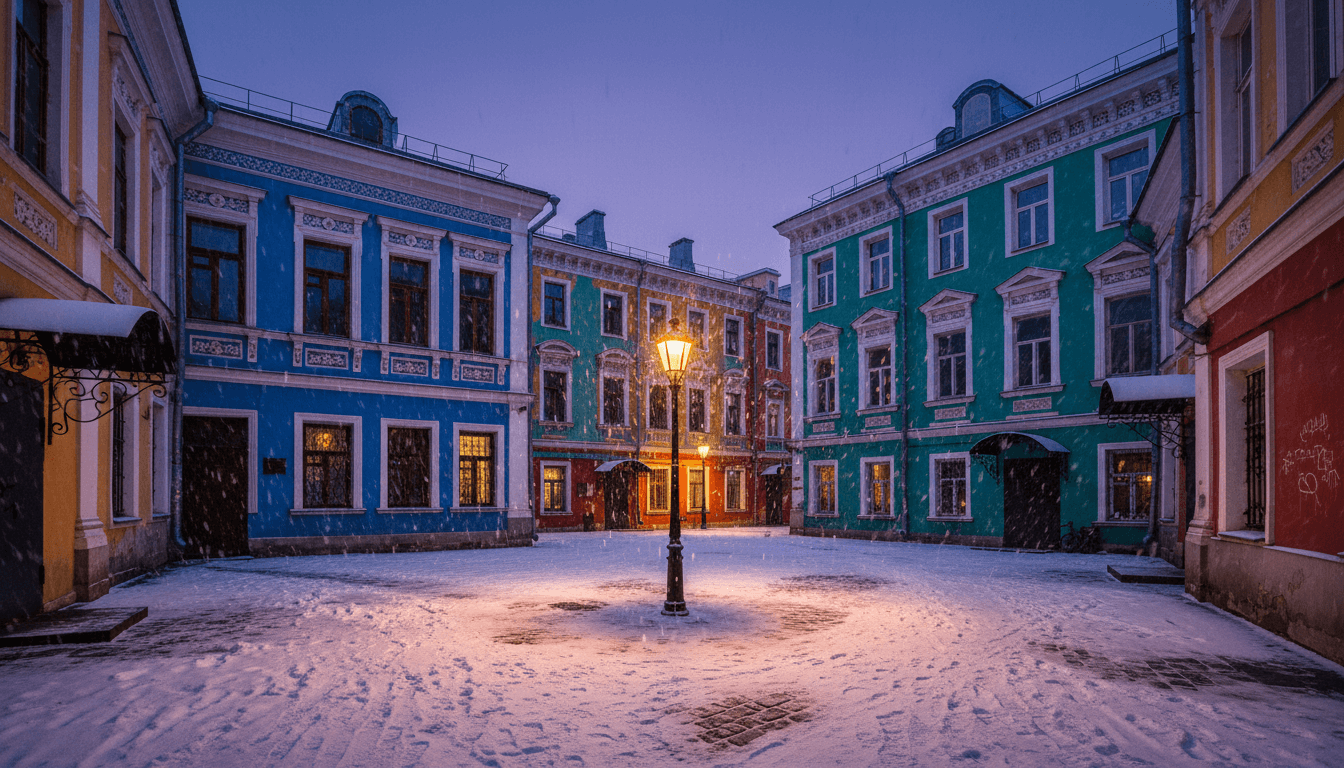 Secret Neighborhoods of Moscow Perfect for First-Time Visitors: A Guide for Beginners">
Secret Neighborhoods of Moscow Perfect for First-Time Visitors: A Guide for Beginners">

 Bunker-42 Cold War Museum: Deep Dive Guide for Moscow Pass Holders (2025–2026)">
Bunker-42 Cold War Museum: Deep Dive Guide for Moscow Pass Holders (2025–2026)">
 Moscow’s Historical Monasteries: Novodevichy and Donskoi with the Moscow Pass">
Moscow’s Historical Monasteries: Novodevichy and Donskoi with the Moscow Pass">
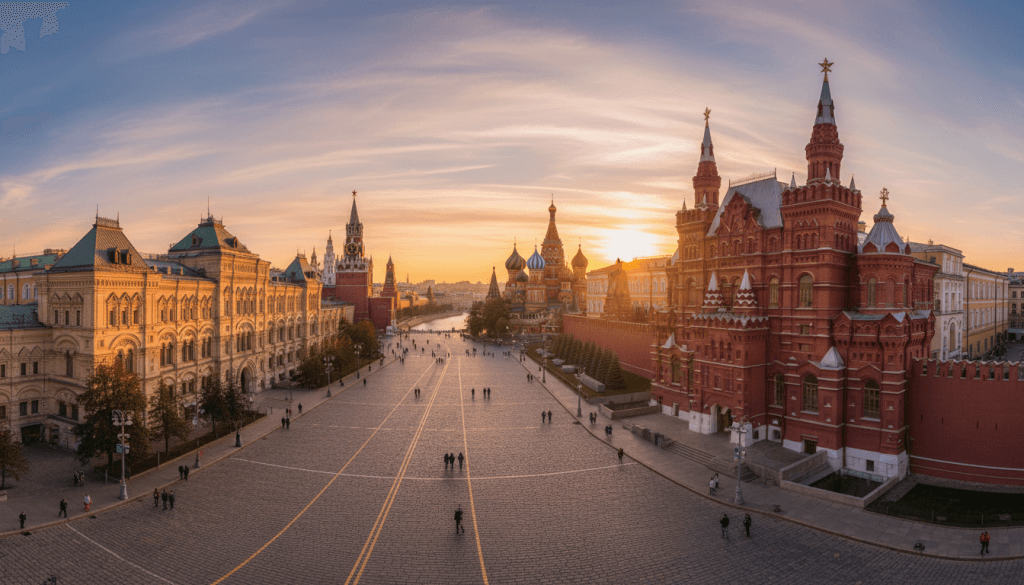 Moscow for History Buffs: Complete Timeline Tour with the Pass">
Moscow for History Buffs: Complete Timeline Tour with the Pass">
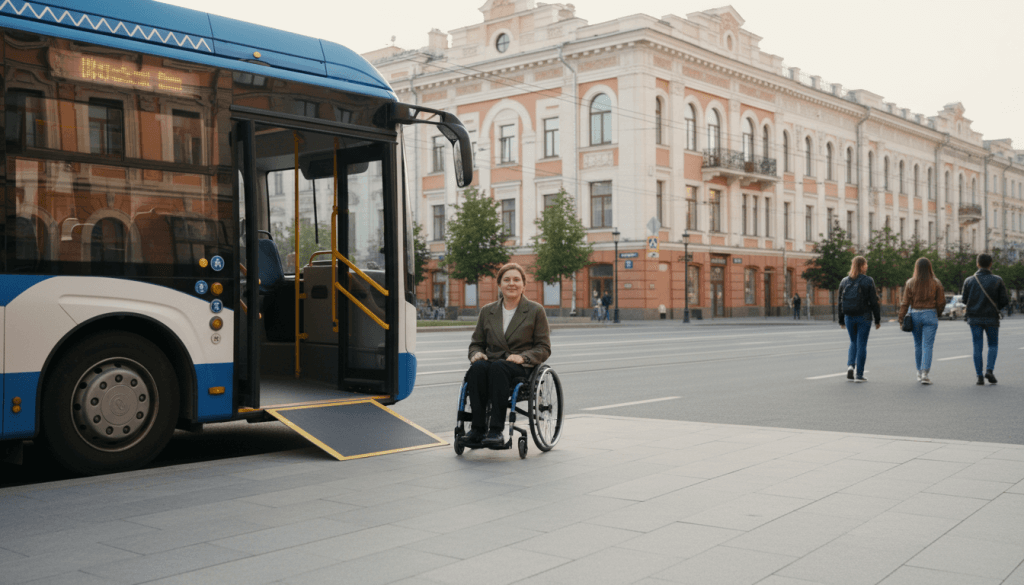 City Without Limits: The Complete Guide to Accessible Moscow for Travelers with Mobility Challenges">
City Without Limits: The Complete Guide to Accessible Moscow for Travelers with Mobility Challenges">
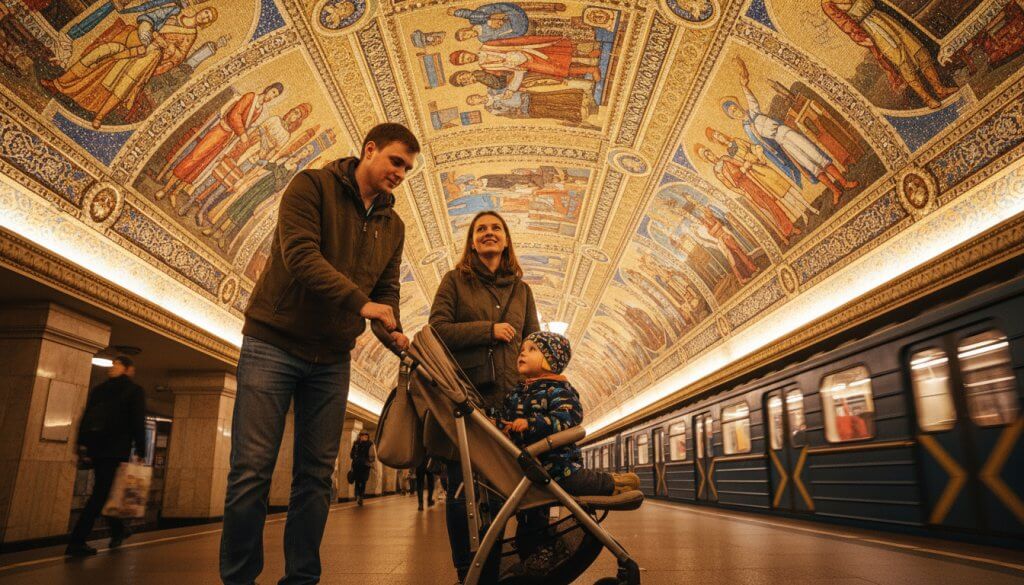 Exploring Moscow with the Little Ones: Maximizing Your Moscow Pass for Families with Toddlers">
Exploring Moscow with the Little Ones: Maximizing Your Moscow Pass for Families with Toddlers">
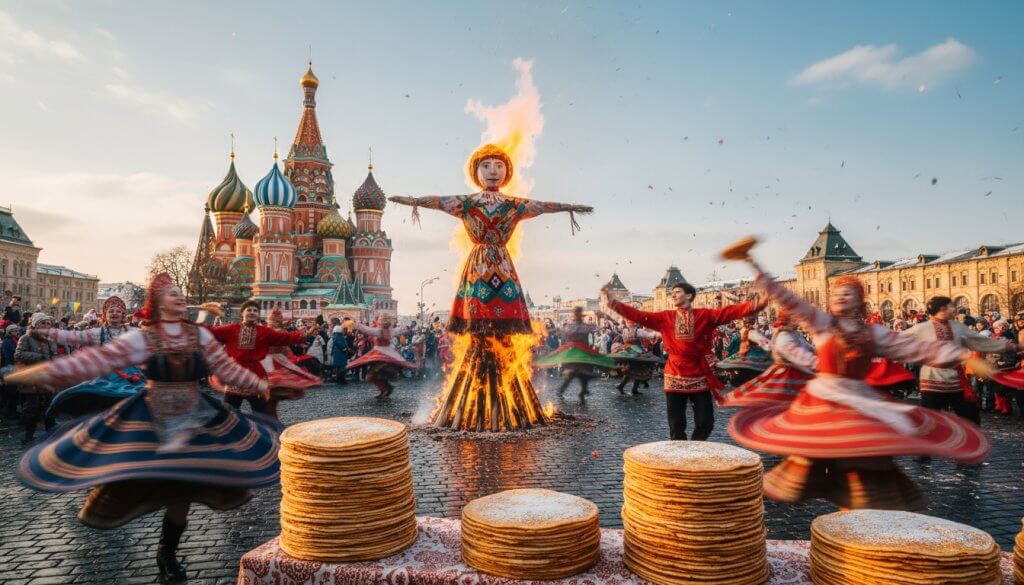 Seasonal Guide to Moscow Festivals: What to See and When in 2025">
Seasonal Guide to Moscow Festivals: What to See and When in 2025">
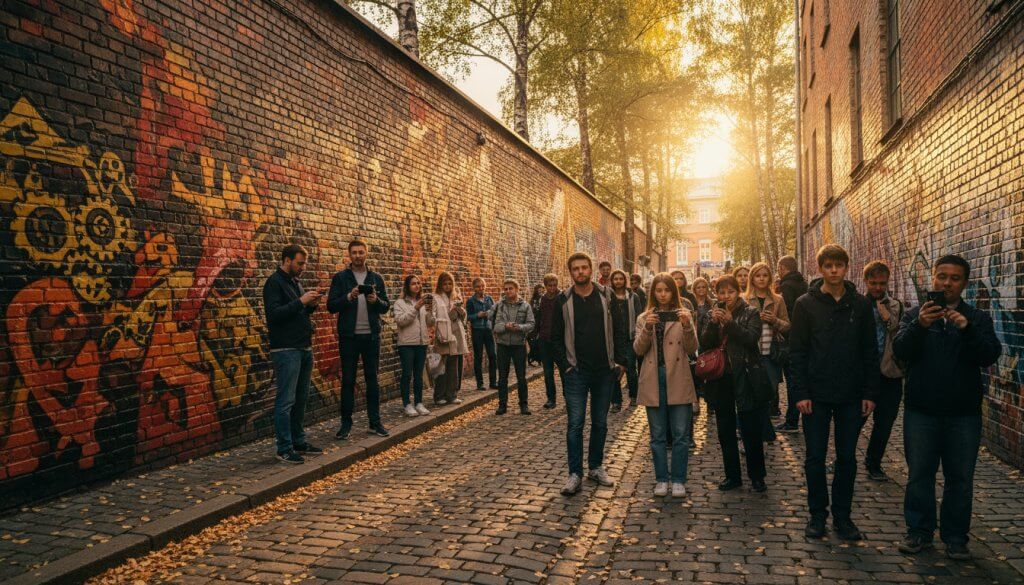 Exploring Moscow’s Street Art and Urban Culture Hotspots">
Exploring Moscow’s Street Art and Urban Culture Hotspots">
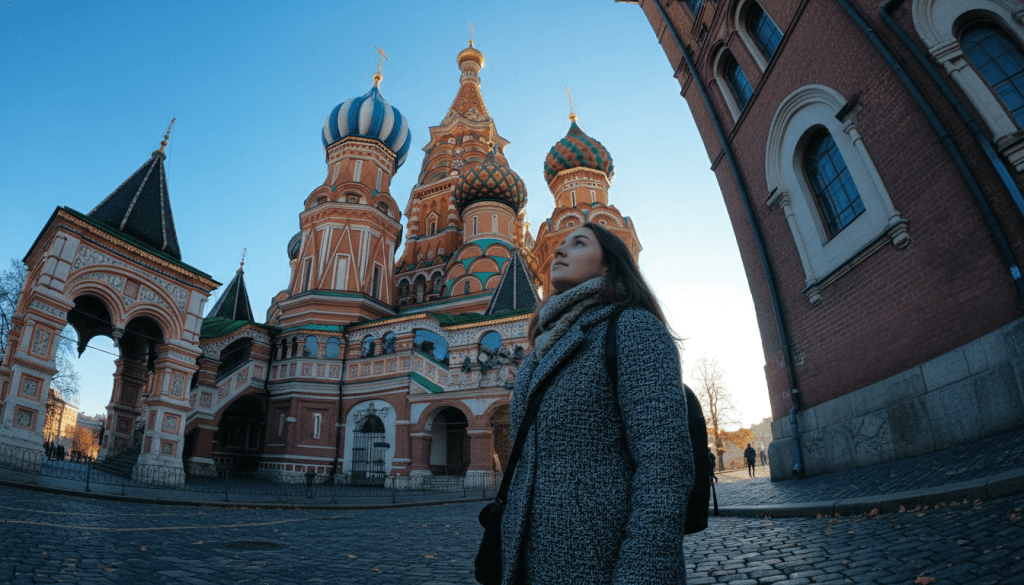 Capital Adventure: A 5 Day Itinerary for Solo Travelers in Moscow">
Capital Adventure: A 5 Day Itinerary for Solo Travelers in Moscow">
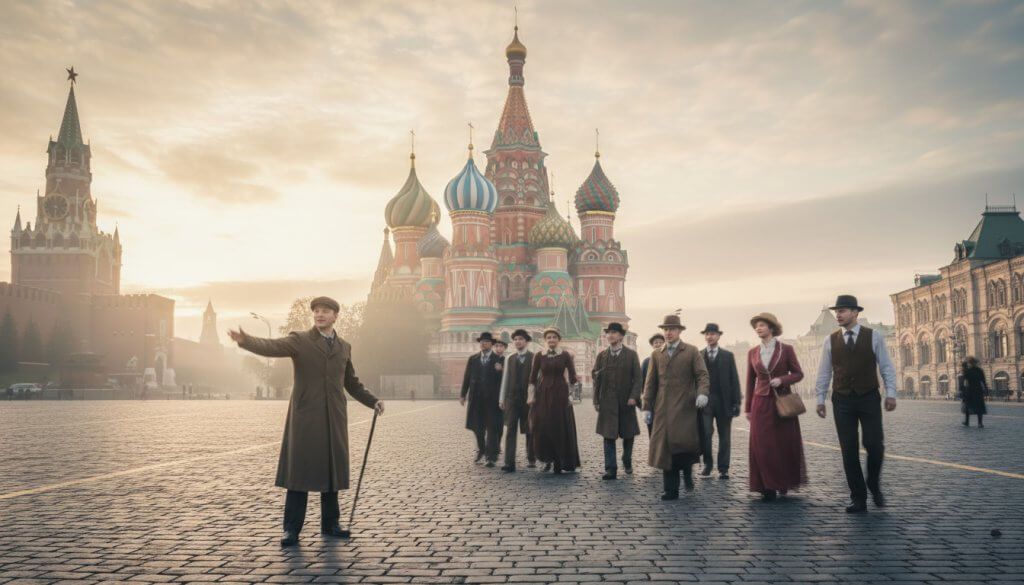 Top 10 Historical Walking Tours in Moscow">
Top 10 Historical Walking Tours in Moscow">
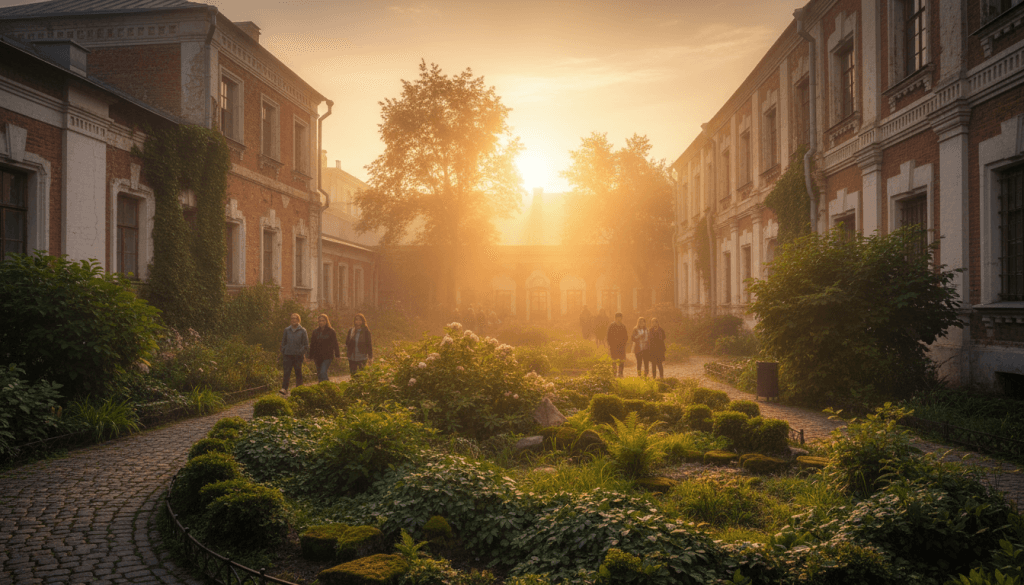 Discover Moscow’s Secret Gardens and Green Spaces">
Discover Moscow’s Secret Gardens and Green Spaces">